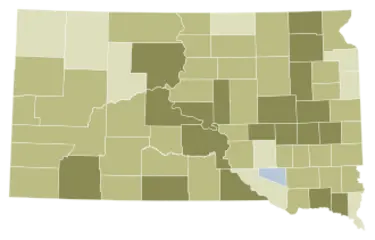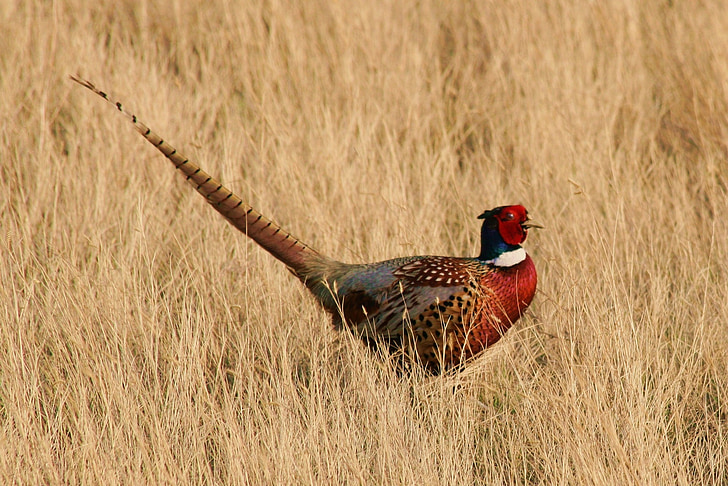Pheasants, Parks, and People: South Dakota’s Dilemma in Balancing Wildlife and Tourism
In the heartland of America, where the rolling plains meet expansive skies, South Dakota emerges as a critical hub for pheasant hunting enthusiasts. A sport intertwined with tradition, the state’s reputation for abundant pheasant populations has lured hunters from far and wide. Yet, beneath its vast landscapes and picturesque backdrops, a nuanced narrative regarding wildlife management and tourism development unfolds.
The South Dakota Game Fish & Parks Department (SDGF&P) suspended the publication of pheasant population estimates in 2019. Previously, the department relied on state employees to conduct rigorous bird counts by driving predetermined routes annually, with the data serving as a pivotal forecast to inform hunters about prospective pheasant numbers before the start of hunting seasons.
In a revealing 2020 marketing plan, the decision to halt these estimates was rooted in preventing potential deterrents to hunters caused by media coverage on declining bird numbers. The last recorded estimate in 2018 showed 7.1 million pheasants, while 2017 recorded 4.6 million.
The pheasant hunting season for non-residents in 2025 opened on October 18, a significant date for the local tourism-driven economy. For towns like Pierre and Sioux Falls, this season marks a vibrant influx of out-of-state visitors contributing significantly to local revenues.
South Dakota’s ethos is built on a delicate equilibrium. On one side, it enjoys a robust reputation as a pheasant hunting mecca. On the other, there’s an emerging narrative that emphasizes sustainable wildlife management. The state’s strategic pivot away from direct population estimates speaks volumes about its commitment to attract hunters without the psychological detraction of negative press. Furthermore, some traditional hunters express discontent, feeling increasingly sidelined by what they see as commercial tourism overtaking authentic hunting experiences.

South Dakota pheasant population
Michael Klinski, an investigative reporter skilled in unearthing the nuanced layers of environmental and tourism narratives, connects the dots in this ongoing conversation. “The decision to stop releasing pheasant counts reflects more than just numbers,” Klinski notes. “It underscores a deeper strategic decision for the state to prioritize tourism while grappling with environmental and wildlife stewardship.”
South Dakota’s identity is intrinsically linked to its landscapes and wildlife. As the SDGF&P navigates these complexities, the balance between attracting tourism and conserving the state’s natural bounty persists as a focal theme. Conversations with local hunters reveal concerns about being overshadowed in favor of large-scale tourism efforts, a sentiment that resonates with many traditionalists who lament the change in social fabric around pheasant hunting.
Efforts to extend the pheasant hunting season to incorporate more tourists further add layers to this dialogue. A proposal by the state to extend hunting dates is under consideration, aiming to boost seasonal economic benefits. However, as Klinski highlights, “it’s crucial that we center the voices of local communities and hunters who have long cherished these lands.”
The changes in wildlife management policy illustrate a broader narrative of adaptation within South Dakota. As the state evolves amidst shifting environmental and economic landscapes, conversations about conservation, tourism, and traditional hunting practices intersect, reflecting diverse community interests.
In conclusion, the ongoing dialogue between stakeholders in South Dakota resonates as a microcosm for broader discussions about ecological responsibility and economic vitality. The state’s choices will likely set precedents influencing policies of similar regions across America and highlight the essential collaborations between governmental bodies, local communities, and the environmental ecosystem.
For more information or to share your thoughts on South Dakota’s wildlife management and tourism strategies, please reach out to Michael Klinski via michael.klinski@sdnewswatch.org.
